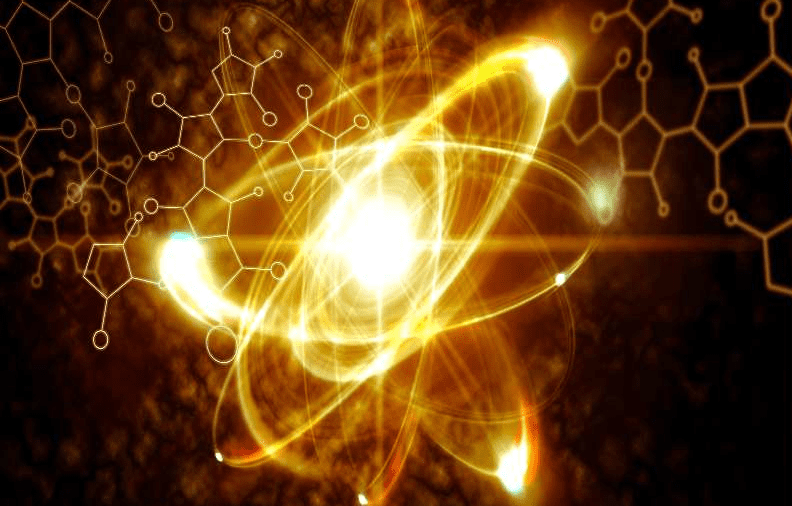Tiny liquid-salt nuclear reactor to provide cheap electricity

A team of physicists in the USA wants to have developed a new variant of a molten salt reactor that promises very cheap electricity without risks and with some additional benefits. The system fits on a truck and could be used flexibly.
The concept for the new reactor was created at Brigham Young University (BYU), where nuclear technology expert Matthew Memmott and his team conduct research. Their new micro-reactor is based on the molten salt system: the nuclear fuel is not in the form of fuel rods containing uranium, but as a salt of a radioactive element.
This is liquid due to the heat generated again and again during operation and thus ensures that the water is heated, with which a turbine can then be operated. emerges. Not enough heat could be retained outside the primary circuit for the salt to drop below the required 550 degrees Celsius and solidify. All of the radioactive material would then be in a solid form, preventing it from dispersing into the environment.
This has undeniable advantages – especially in terms of reactor safety, according to a report by local broadcaster KSL.
Progress like the microchip
“For the last 60 years, people have felt that nuclear power is bad, big and dangerous,” Memmott said. “These perceptions are based on potential first-generation problems, but the molten-salt reactor is the equivalent of a silicon chip (vs. the earlier electron tube, dR). We can have smaller, safer, cheaper reactors and get rid of those problems.”
The micro-reactor, as Memmott envisions it, should be able to supply around a thousand households with electricity. In order to be able to supply a city with electricity, a number of these systems would be necessary. The developers are counting on comparatively very low production costs of 3 cents per kilowatt hour – nuclear energy is currently one of the most expensive options for generating electricity. In addition, valuable fission products such as molybdenum-99, which is used for medical imaging and is very expensive, should also be able to be extracted from the salt.
All these advantages sound exciting, but this reactor is still a long way from being ready for series production. Other variants of molten salt reactors have also been studied for a long time, but have never progressed beyond research systems, as there are many problems that have not yet been sufficiently solved.
In this respect, it is also clear here that this technology could perhaps make a contribution to the electricity supply in the distant future, but it does not offer any answers to the currently pressing questions raised by the energy transition.
Research Snipers is currently covering all technology news including Google, Apple, Android, Xiaomi, Huawei, Samsung News, and More. Research Snipers has decade of experience in breaking technology news, covering latest trends in tech news, and recent developments.












